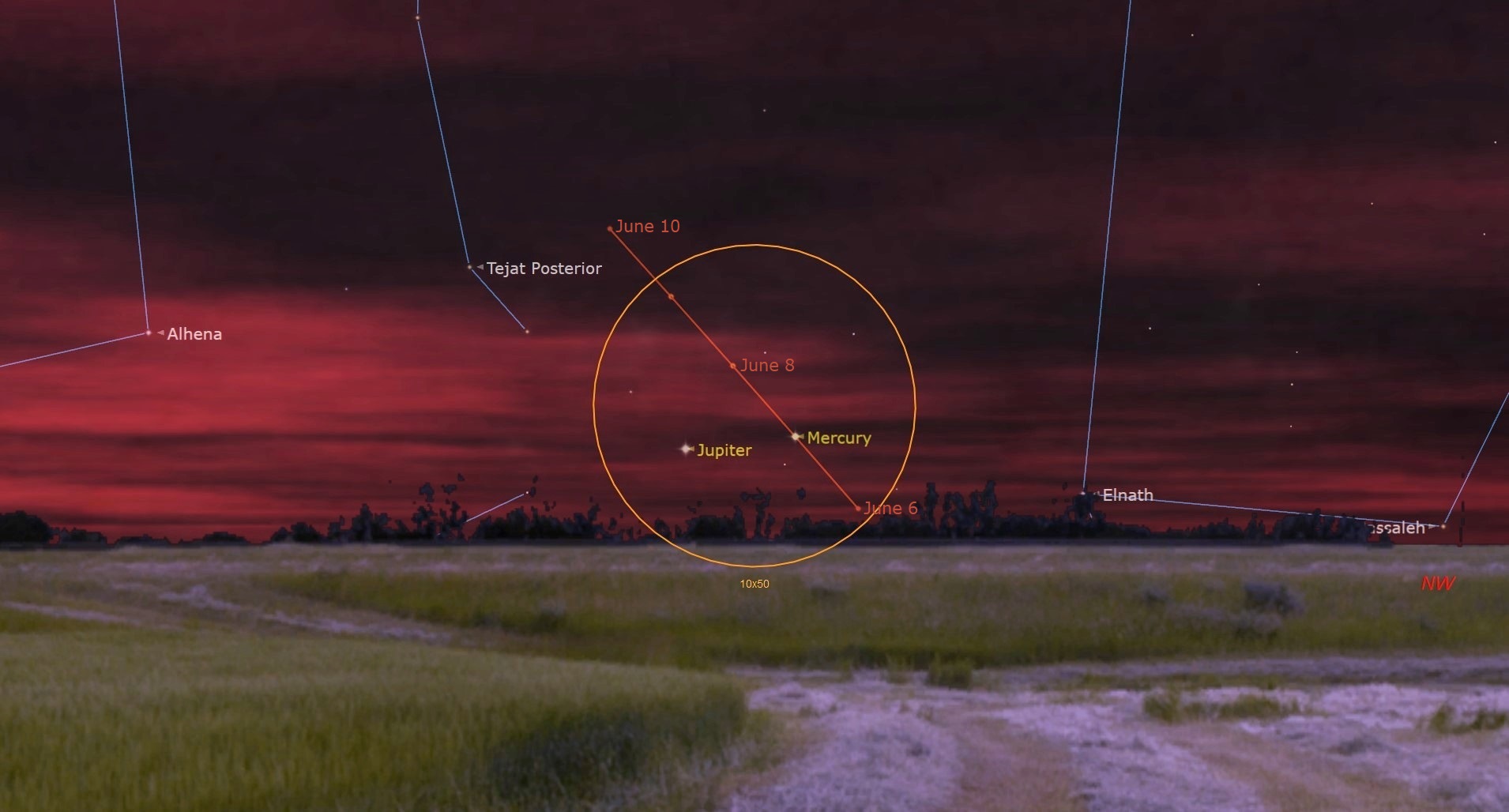December 2011 Skywatching Events
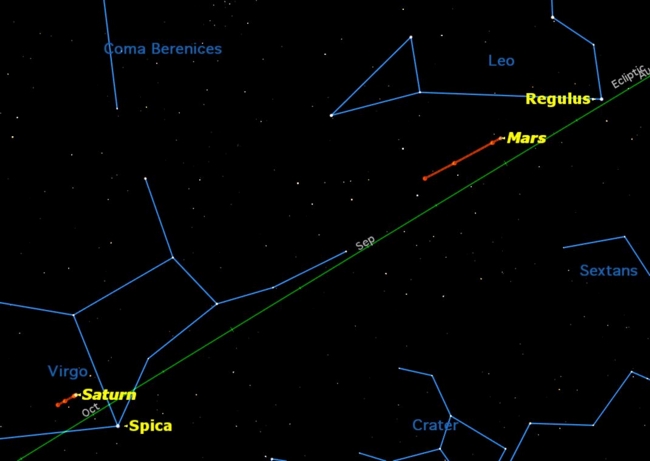
A total lunar eclipse, a close encounter between Mercury and the moon, and a planetary tour de force are just some of the amazing sights skywatchers can see this month. Here are the most exciting skywatching targets for December 2011:
Moon Phases
Fri., December 2, 4:52 a.m. EST
First Quarter Moon
The First Quarter Moon rises around 1 p.m. local time, and sets around 1 a.m.
Saturday, Dec. 10, 9:36 a.m. EST
Full Moon
Get the Space.com Newsletter
Breaking space news, the latest updates on rocket launches, skywatching events and more!
The full Moon of December is usually called the Oak Moon.
In Algonquian it is called Cold Moon. Other names are Frost Moon, Winter Moon, Long Night’s Moon, and Moon Before Yule. In Hindi it is known as Margashirsha Poornima. Its Sinhala (Buddhist) name is Unduvap Poya. The Full Moon rises around sunset and sets around sunrise, the only night in the month when the moon is in the sky all night long. The rest of the month, the moon spends at least some time in the daytime sky.
Saturday, Dec. 17, 7:48 p.m. EST
Last Quarter Moon
The Last or Third Quarter Moon rises around 11 p.m. and sets around noon. It is most easily seen just after sunrise in the southern sky.
Saturday, Dec. 24, 1:06 p.m. EST
New Moon
The Moon is not visible on the date of New Moon because it is too close to the sun, but can be seen low in the east as a narrow crescent a morning or two before, just before sunrise. It is visible low in the west an evening or two after New Moon.
Observing Highlights
Saturday, Dec. 10, dawn
Total Lunar Eclipse
A total lunar eclipse will be seen in its entirety in eastern Asia, Australia, Oceania, and Alaska. The moon will rise eclipsed in the early evening in Europe and Africa, and set eclipsed just before dawn in western North America. The graphic shows how it will look just before dawn in central California, surrounded by first magnitude stars. [Photos: The Long Total Lunar Eclipse of June 2011]
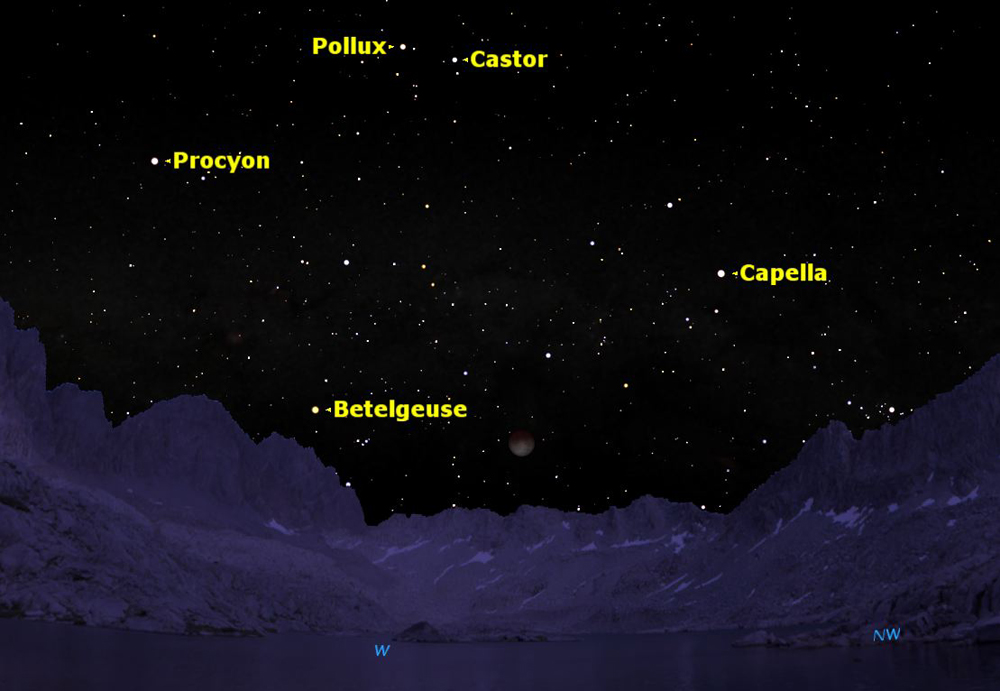
Thursday, Dec. 22, 12:30 a.m. EST
Solstice
It will be winter solstice in the northern hemisphere, and summer solstice in the southern hemisphere. On this day, the sun is at its farthest southern declination, and is 6.5 degrees away from the center of the Milky Way. This is exactly the same alignment as will occur on Dec. 21 2012, yet no catastrophes have been predicted for this year, just as none will occur next year. Because of the extreme difference in brightness between the sun and the Milky Way, this alignment is observable only in a computer simulation.
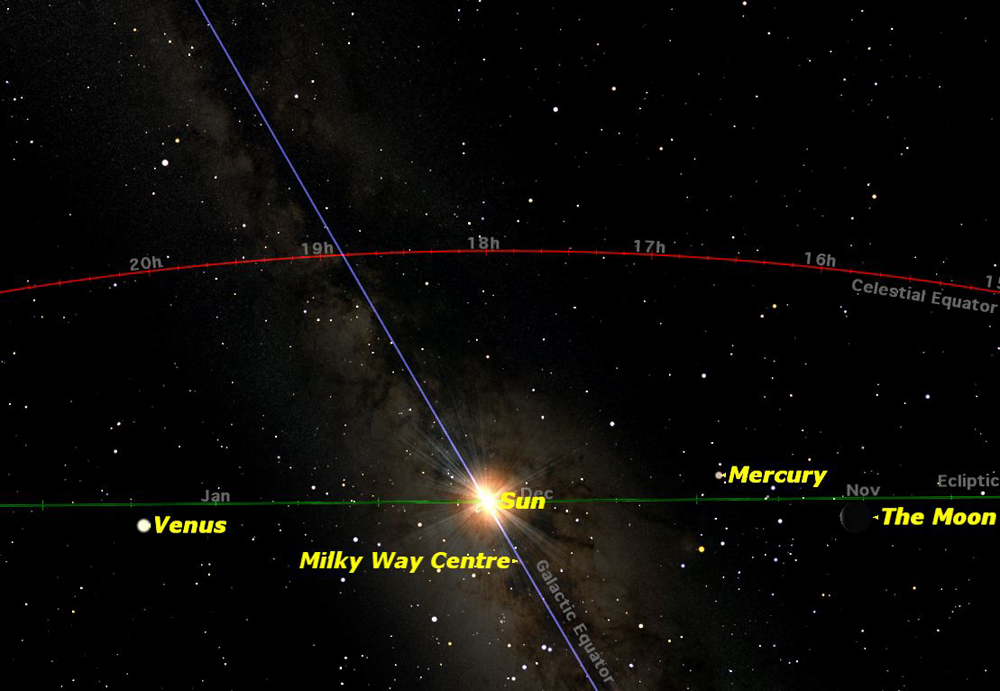
Thursday, Dec. 22, and Friday, Dec. 23, dawn
Close encounter between Mercury and the moon
The moon will be just to the right of Mercury on Dec. 22 (shown here) and just to the left of Mercury on Dec. 23.
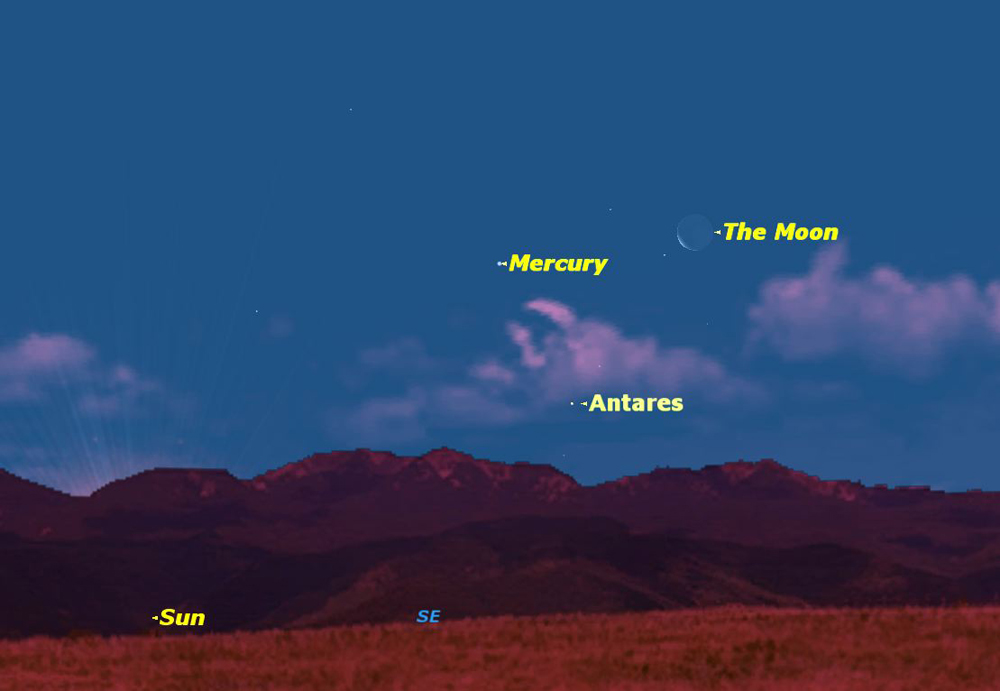
Tuesday, Dec. 27, 10:52 p.m. EST
Jupiter satellite show
Three of Jupiter’s moons will put on a fine show tonight. Callisto will be in an unusual position due south of the planet because of the extreme tilt of the plane of Jupiter's moons this year.
Europa will be moving off from in front of Jupiter on one limb while its shadow begins a transit on the opposite limb. Ganymede, well off to the right, will still be casting its shadow just below Europa. Finally, the Great Red Spot will be perfectly placed right in the middle of all this.
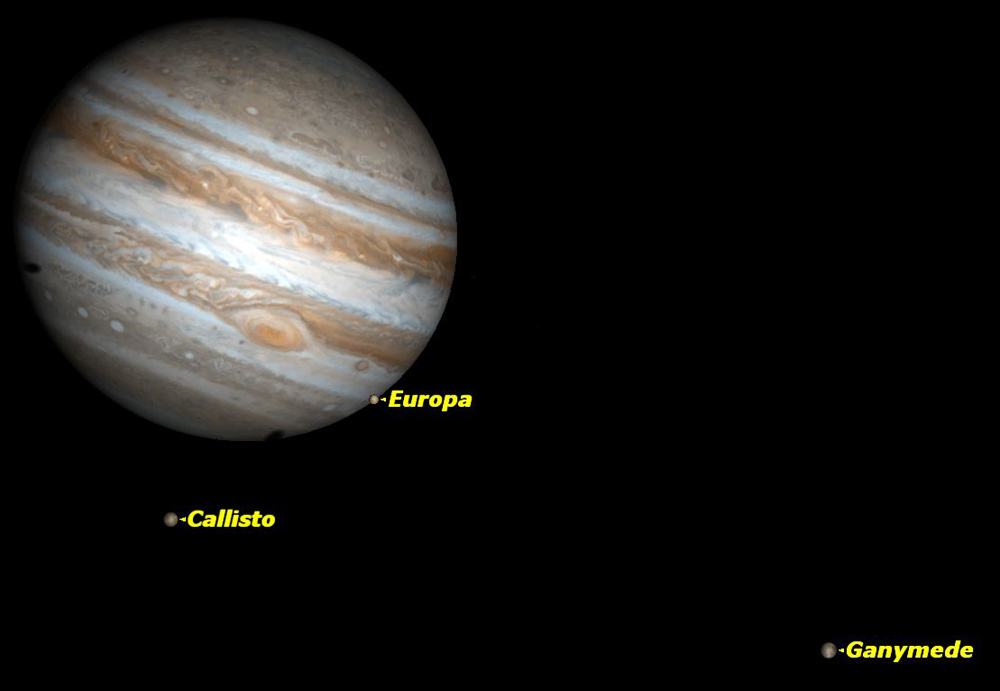
Planets
Mercury is well placed in the eastern sky before sunrise for the last half of the month.
Venus is low in the evening sky after sunset all month. The waxing crescent moon will pass close to Venus on Monday, Dec. 26 and Tuesday, Dec. 27.
Mars spends all of December in the morning sky in Leo. It now outshines nearby star Regulus and grows from 7 arcseconds wide to 9 arcseconds during the month, large enough to reveal its polar cap and dark surface markings in a 6-inch (150-mm) telescope. It is now approaching magnitude 0, making it one of the brightest objects in the morning sky.
Jupiter continues to be well placed in the evening sky all month on the border between the constellations Aries and Pisces. Jupiter and Venus are the brightest objects in the night sky other than the moon.
Saturn is visible before dawn in the eastern sky. It now shines brighter than nearby star Spica.
Uranus is well placed in the early evening in Pisces all month.
Neptune is well placed in the early evening in Aquarius all month.
This article was provided to SPACE.com by Starry Night Education, the leader in space science curriculum solutions. Follow Starry Night on Twitter @StarryNightEdu.
Join our Space Forums to keep talking space on the latest missions, night sky and more! And if you have a news tip, correction or comment, let us know at: community@space.com.

Geoff Gaherty was Space.com's Night Sky columnist and in partnership with Starry Night software and a dedicated amateur astronomer who sought to share the wonders of the night sky with the world. Based in Canada, Geoff studied mathematics and physics at McGill University and earned a Ph.D. in anthropology from the University of Toronto, all while pursuing a passion for the night sky and serving as an astronomy communicator. He credited a partial solar eclipse observed in 1946 (at age 5) and his 1957 sighting of the Comet Arend-Roland as a teenager for sparking his interest in amateur astronomy. In 2008, Geoff won the Chant Medal from the Royal Astronomical Society of Canada, an award given to a Canadian amateur astronomer in recognition of their lifetime achievements. Sadly, Geoff passed away July 7, 2016 due to complications from a kidney transplant, but his legacy continues at Starry Night.

